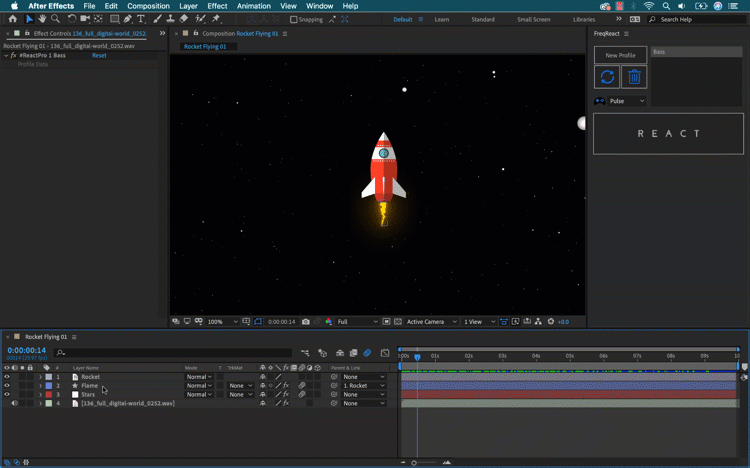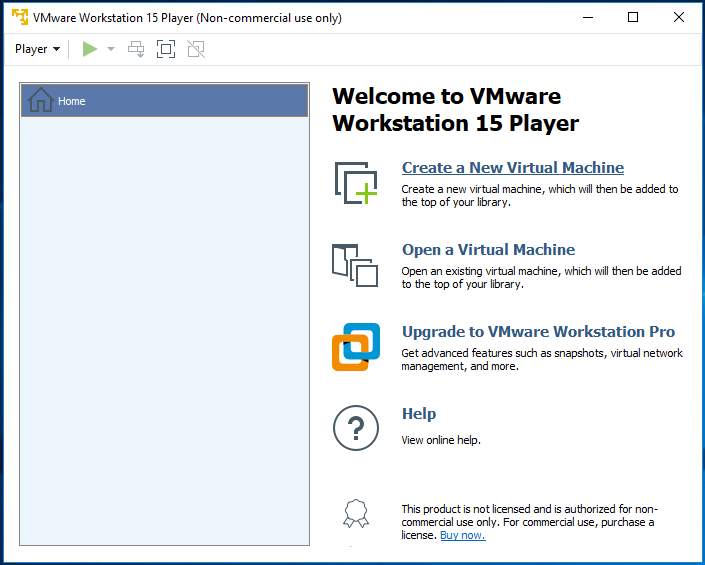Top Advice On Selecting Free Software Keygens
Wiki Article
What Do You Know About Adobe After Effects And How Are Versions 7, 2014, 2020 And Cs6 Differ? How Do I Get Free?
Adobe After Effects, a multimedia application can be used to create visual effects in film or video, as well as other media. Adobe After Effects comes in several versions.
After Effects CS6 - This version was launched by Adobe in 2012. It introduced many new features, including the capability of extruding and bevelling 3D shapes or text. Additionally, it included a Global Performance Cache and a Global Performance Cache for improved preview performance.
After Effects Cc 2014: This 2014 version came with new features like an Live 3D Pipeline in Cinema 4D as well as mask trackers, as well as playback engines.
After Effects CC 2020 The version was released in 2019, and included new features, such as the capability to make use of expressions to modify text layers as well as improved 3D performance and new tools to work with VR.
After Effects versions vary in terms of their performance and features. The latest versions of After Effects are generally more sophisticated and have better performance, whereas older versions might not have the most recent features and may also not be compatible for newer operating systems. Adobe's After Effects and Creative Cloud are available now as subscriptions. Users will be able to download the latest version for as long as their subscription is in good standing. See the best https://trading-software-list.com/ for site tips.

What Is Beecut And How Do The Different Versions Differ? How Do I Get Free?
BeeCut provides a variety of tools for editing video which include cutting, splitting and combining videos. It also supports cutting and adding different effects. BeeCut offers many video editing options, including trimming, splitting and merging videos, cropping and applying various filters and effects. BeeCut is available in versions: a Free and Pro version. The two versions differ by the following aspects:
BeeCut Free. This is a free version of BeeCut. The free version lets users to edit videos using basic editing tools, such as cutting split, merging, and cropping. Users can also add text, music and other elements to their videos.
BeeCut Pro (paid version): Includes all the features found in the free edition as well as advanced features. With BeeCut Pro, users can access more than 300 effects for video, including overlays, filters, and transitions. It supports keyframes, which allow users to add intricate animations to videos. The Pro Version also includes video stabilization, as well as the capability to export 4K videos.
The free version of BeeCut allows users to edit videos with basic editing tools, while the Pro version has advanced editing tools to edit more complex videos and features. View the recommended https://trading-software-list.com/ for website info.

What Are The Different Versions Of Photoscape What Makes Them Different? How Do I Get Free?
Photoscape X Pro offers a variety of editing and enhancement features. Photoscape X Pro, a paid-for version of Photoscape X free software, has more advanced features designed for professionals and graphic designers. The different versions of Photoscape X Pro differ in their capabilities and capabilities. The software is updated frequently to include new improvements and features. Features that might differ across versions include:
Editing capabilities for batch: The ability to apply changes to several images at the same time
RAW file processing This is the capability of working using RAW files
Color correction is the ability to change tones and colors in your photos
Filters: A variety of filters and effects to improve the quality of your images
Clone stamp tool: The ability to remove unwanted objects from your photos
Text and graphics: The capability to include text and graphics in your photos
Templates for layout and collage that are pre-designed.
Pricing and availability also depend on the location and the type of platform used. Read the top rated https://trading-software-list.com/ for more examples.

What Exactly Is Vmware Workstation? And How Are The Versions Different? How Do I Get Free?
VMware Workstation, a virtualization program, allows users run multiple virtual machines simultaneously on a single machine. VMware Workstation has different features that let users effortlessly switch between various virtual machines. This is a brief review of the software.
VMware Workstation version 6.5 was released by VMware in 2008 as the first version to support Windows Vista.
VMware Workstation 8, released in 2011, has new features, such as support for USB 3.0 and multi-touch.
VMware Workstation 10, launched in 2013, added Windows 8.1 support as well as new virtual hardware features like SSD Pass-through, Intel Haswell CPU Performance Optimizations and Intel Haswell CPU Performance Enhancements.
VMware Workstation 12. The version was released by VMware in the year 2015. It includes support for Windows 10 along with new virtual features such as DirectX 10 or 3D graphics.
VMware Workstation 14 Version 14 was released in the year 2017 and included support for the most recent versions of Windows and Linux operating systems, as well as support for the latest technologies such as UEFI Secure Boot.
VMware Workstation 15: The version that was released in 2019 added support for Windows 10 as well Ubuntu. Additionally, it included new hardware, such as Virtual NVMe devices and Trusted Platforms Module (TPM).
VMware Workstation versions come in various editions. There's Pro and Player Editions that have various features. For instance the Pro edition is designed for professionals and comes with advanced features like the ability to clone. Remote connections and integration with vSphere. The Player version, however, is designed to be used by anyone and features a more streamlined user interface. See the most popular https://trading-software-list.com/ for blog advice.

What Exactly Is Xrmtoolbox? And What Is It That Makes It Different From The Other Versions? How Do I Get Free?
XrmToolBox is an open-source tool to manage Dynamics 365 environments and Power Platform. It offers various tools and utilities for tasks like customizations, data management debugging, integration with other systems. The different versions of XrmToolBox differ in terms of features problems with compatibility, features, and bug fix. The most notable versions are: XrmToolBox 1.0: This version had a number of basic functionalities such as solution import and output and registration of plugins, workflow management, and solution export. It was compatible with Dynamics CRM 2013, 2011, and 2015.
XrmToolBox version 2.x introduced new tools with enhanced capabilities. They included metadata viewers, a forms and views editor and an attribute manager. It is compatible with Dynamics CRM 2016 or Dynamics 365.
XrmToolBox 3.1.x The interface was redesigned and new functions were added that included a ribbon workbench and web resource manager. It was also compatible with Power Apps, Dynamics 365.
XrmToolBox v4.x The main major focus of this release was to improve performance and stabilty. It also introduced new tools such as the dependency checker and the attribute usage inspector. It was also compatible with Dynamics 365 Power Apps.
XrmToolBox 5,x: In this version it introduced new tools such as the model-driven application designer and the portal profiler. Additionally, it included bugs fixed and improvements to the interface as well as the performance. It was also fully compatible with Dynamics 365 Power Apps.
XrmToolBox 6.0 Version 6.0 focuses on improving the user experience through a new interface for users, new tools, as well as performance enhancements. It also added support for the most current versions of Dynamics 365 and Power Apps.